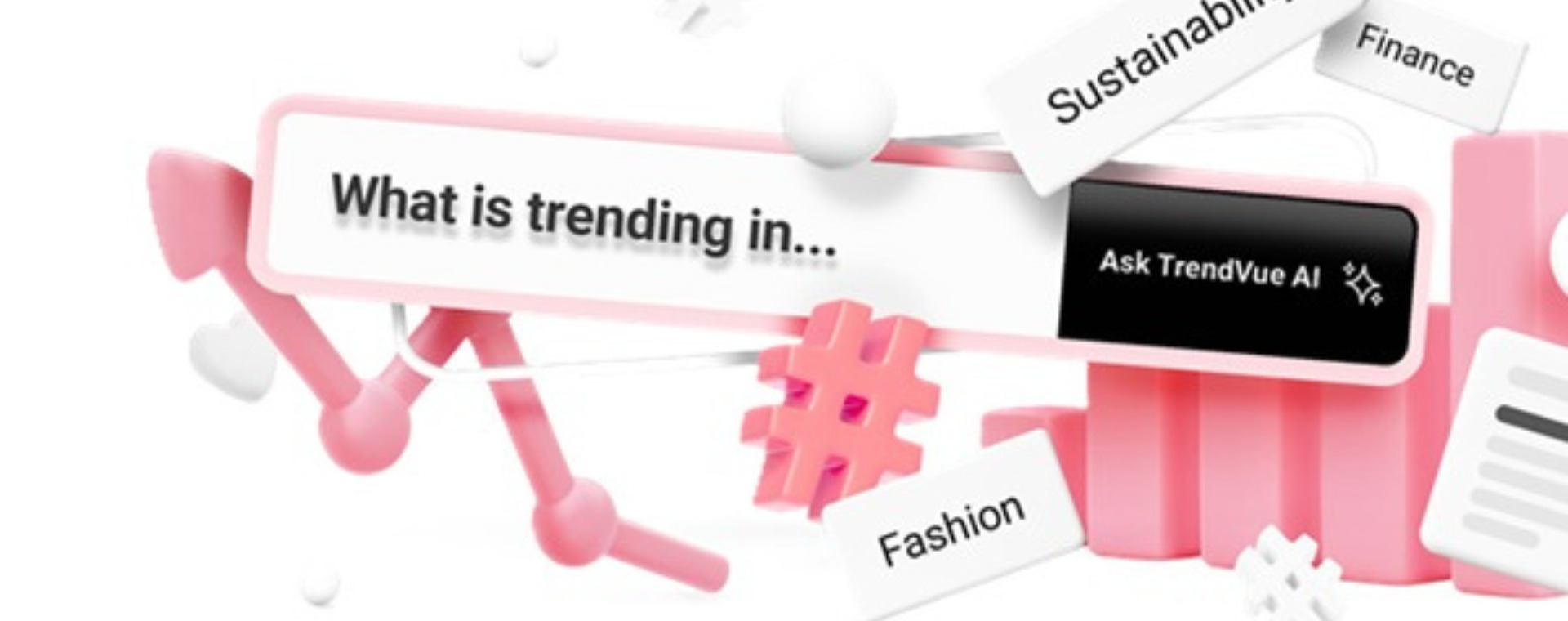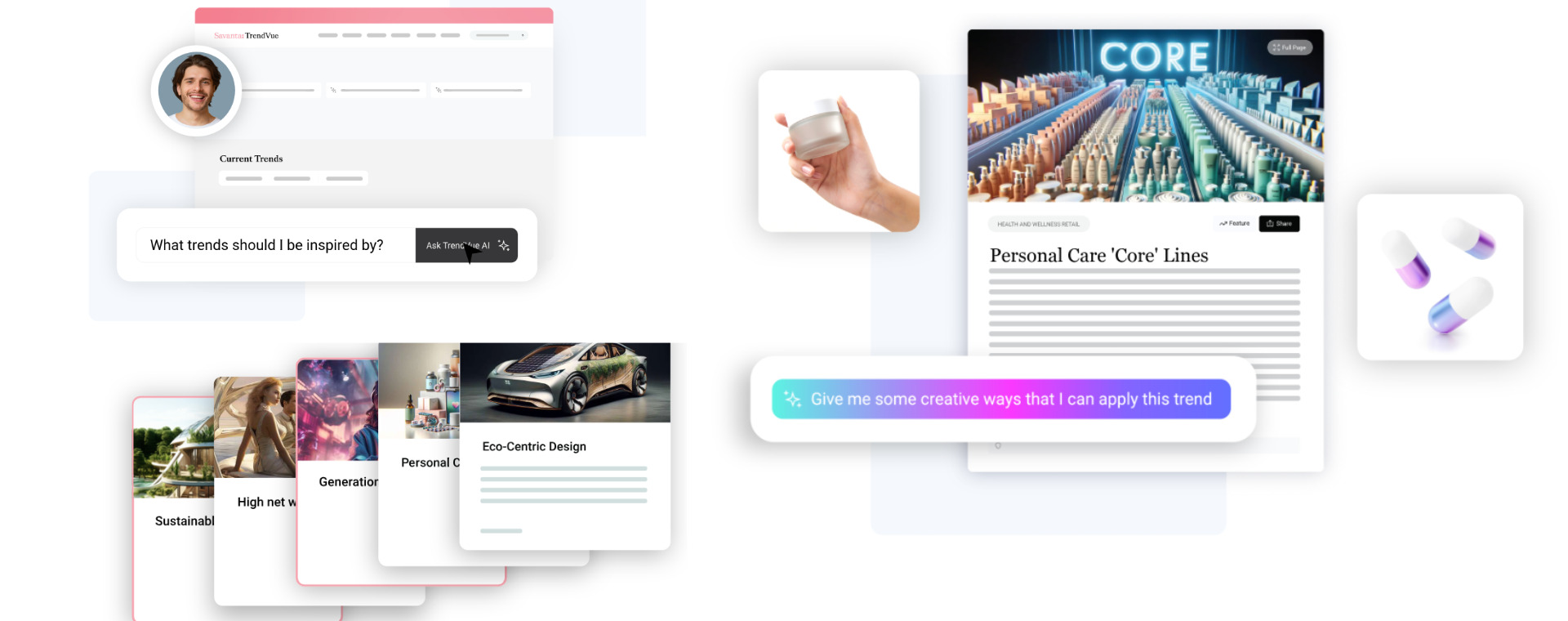

Insight creation is an art as much as it is a science - it's about examining the data and then finding the truth that can fuel your decisions
Although not all data is created equal, it is the lifeblood of any business.
Let’s map this out: Data leads to findings that are answers to questions. Findings lead to insights which are nuggets of truth that enable you to make a decision.
The road from data to insight can be a bumpy one but bear with us – we’ll help you get there.
From data to findings
Whatever research method you choose for your study, you’ll most likely have a lot of data to play with. Let’s say you’ve done some in-depth interviews on, “How do consumers select produce at the supermarket?”, and you’ve heard a few people say that “an organic label” matters to them. In your endless data pool, repetitions like that let you know that you’re discovering a pattern that could mark an initial finding.
From findings to insight
Findings can be unexpected or surprising – therefore it’s important to add context to them. To use the previous example, suppose that a few participants say, “It doesn’t matter where the fruit and vegetables come from as long as they look fresh.”
Probing is important here to understand exactly what this means. It can also be useful to consider what recruitment segment these participants were in and what they said during the screening process. If this is a completely unexpected answer considering segmentation details, the moderator will want to figure out what it is that does matter by asking follow-up questions. With that added context, this initial finding becomes an insight – you know what was said, what segment said it, and some of their thinking/reasoning around the subject.
Turning data into insight is easier said than done – we have collected 8 questions to use as a starting point during this journey:
- Is this a true pattern or a one-off blip?
- If this is a one-off, is it important? Is it relevant to the original research question(s)?
- Is this finding relevant to this particular audience?
- What is the larger cultural or environmental context where this finding came from?
- What is the organizational client-world context where is it being delivered?
- What are other projects or insights that complement this finding?
- What is the best way to represent this finding so that it is honest, clear, and engaging?
- What comes next? Think about how to go from data to insight to recommendations and road-mapping, and connect with champions of the project who will take the work further.
Findings, together with context and background information are the golden nuggets that we call insights. Insight creation is an art as much as it is a science – it’s about examining the data and then finding the truth that can fuel your decisions. A nugget of insight only matters when it is shared with additional contextual information, provides answers, and contributes toward helping people to make a decision.
If you find yourself navigating the bumpy road from data to insight, download our 12 Principles of Agile Research to kickstart your agile thinking.








